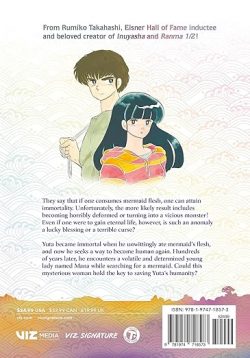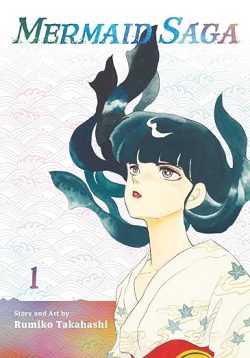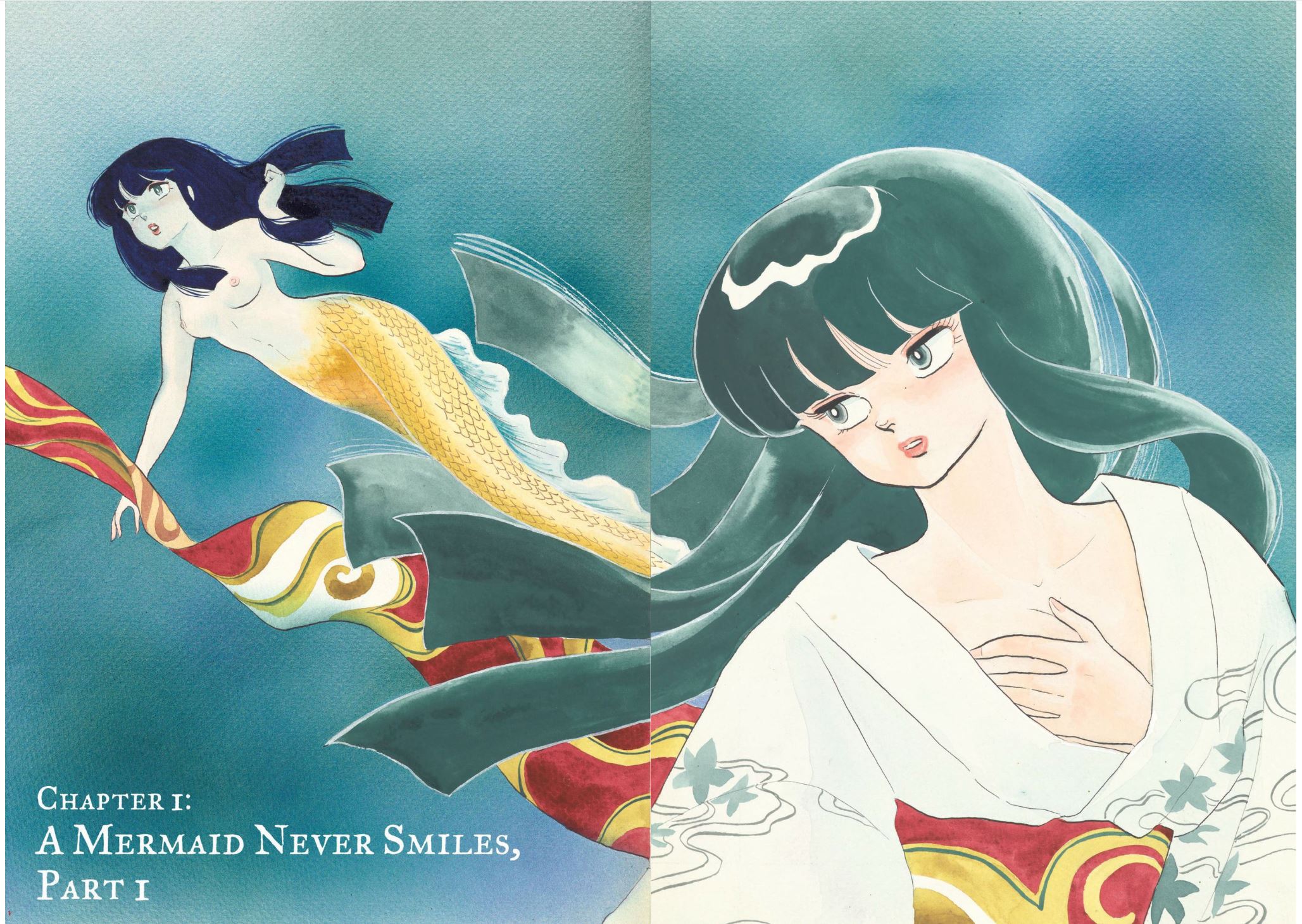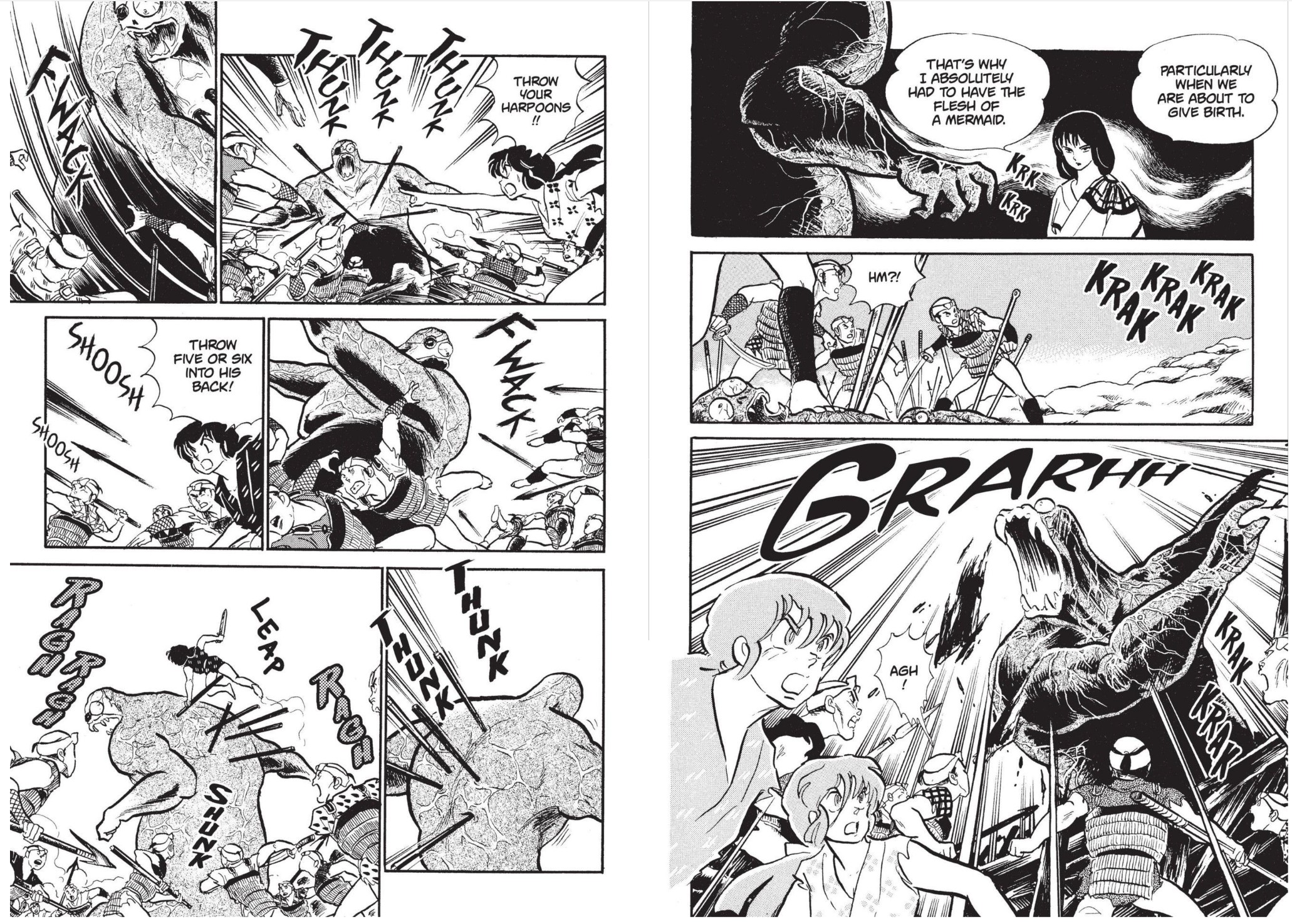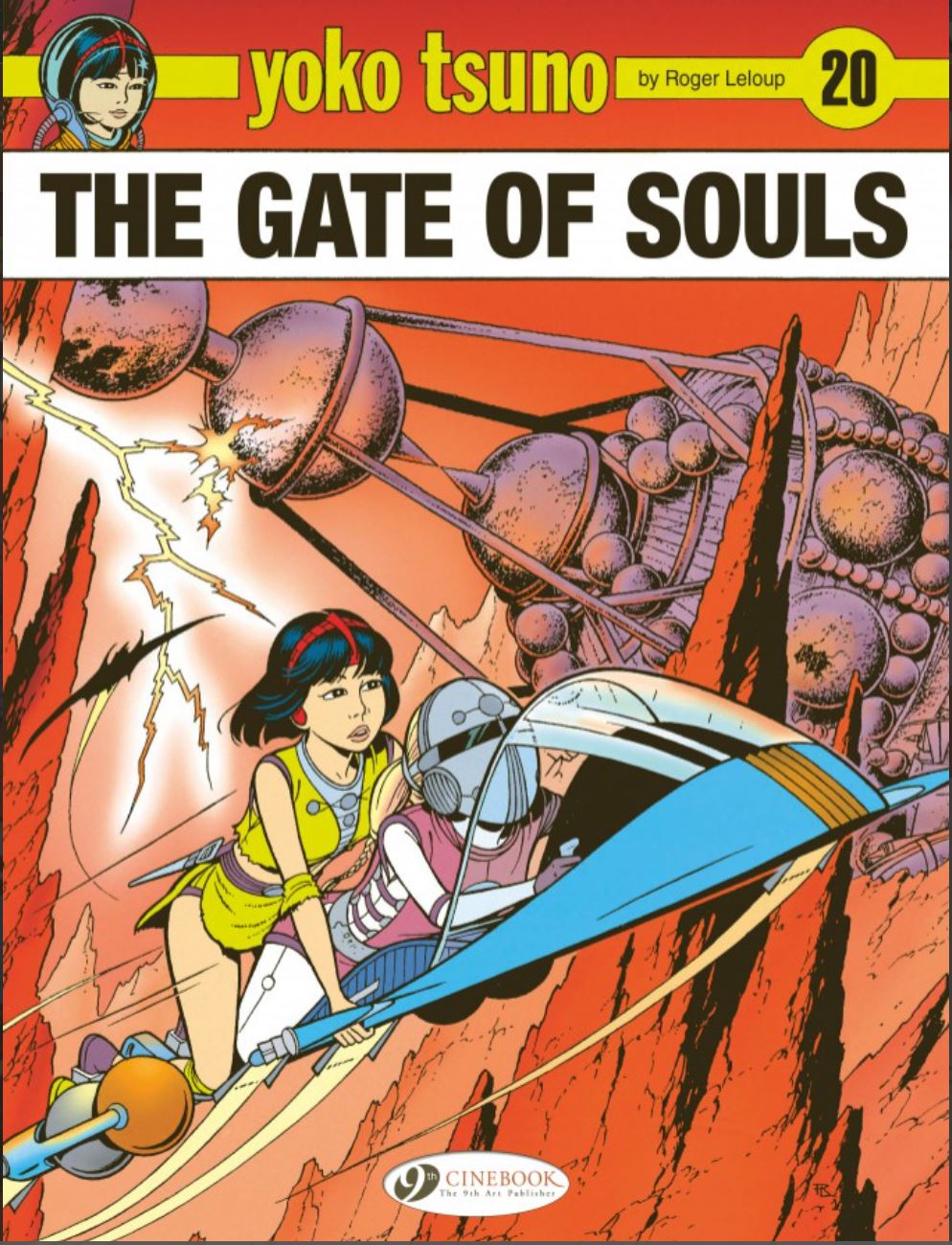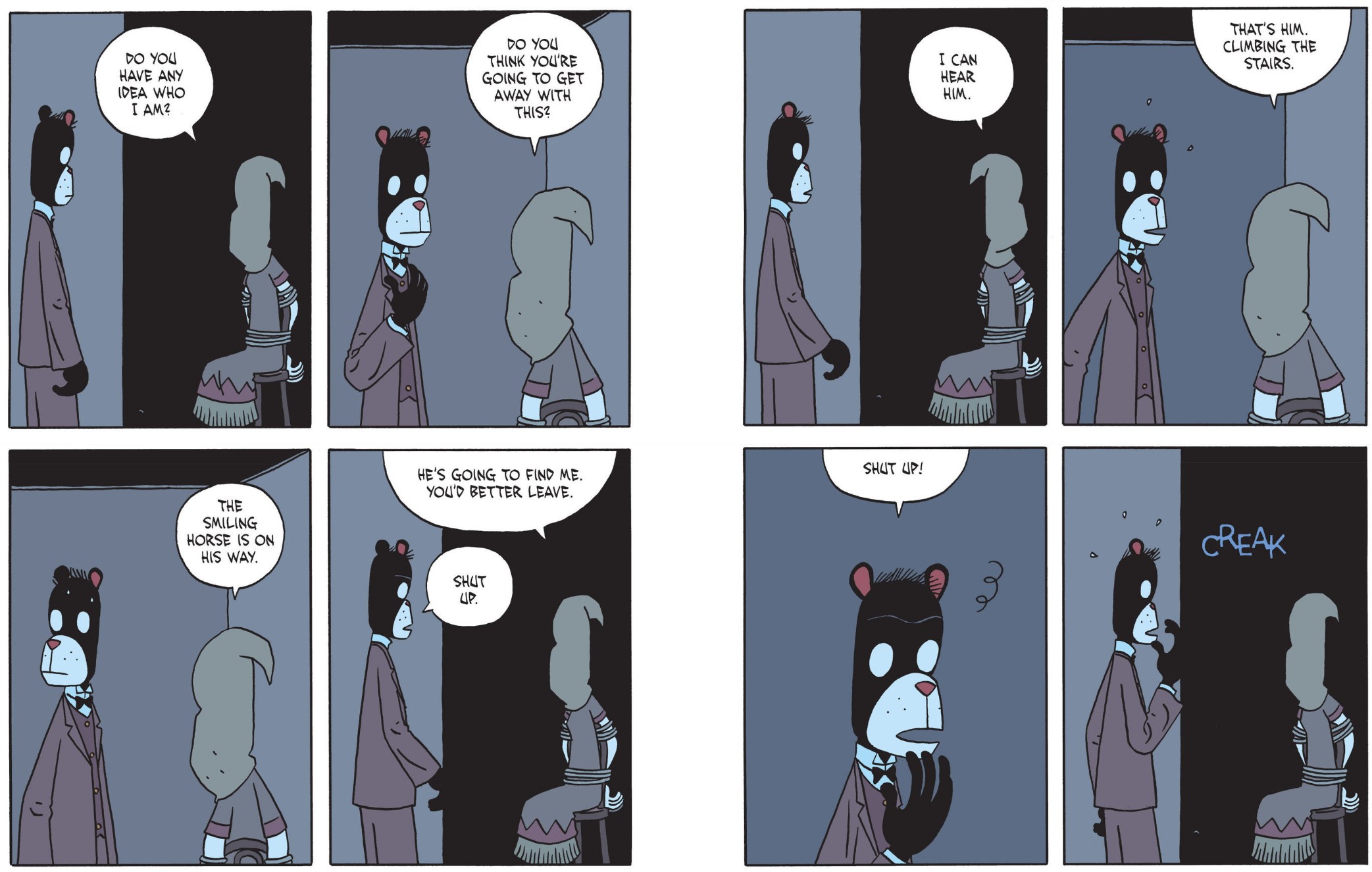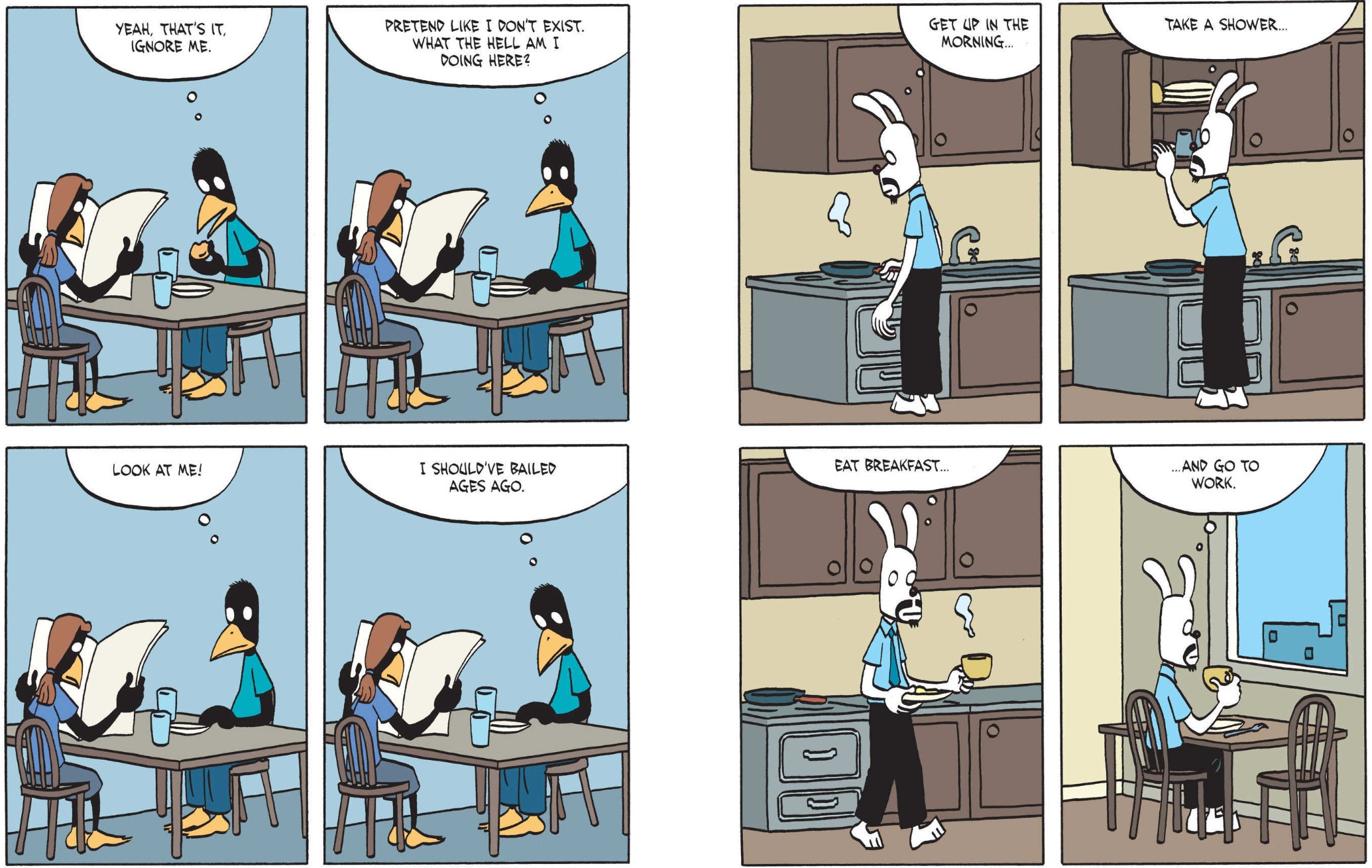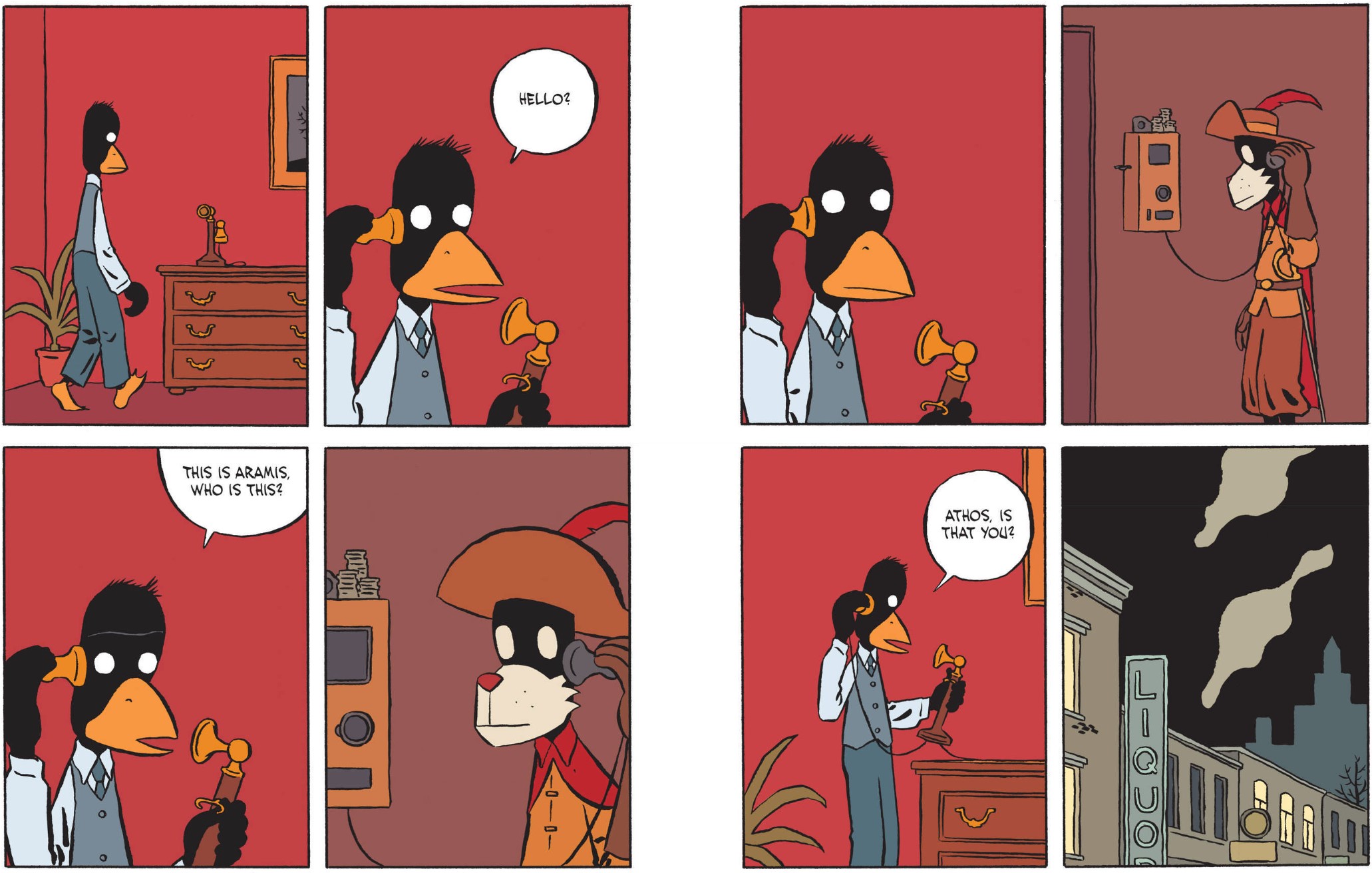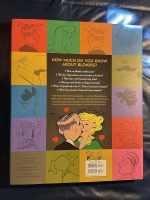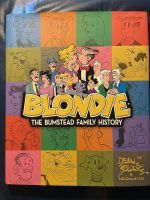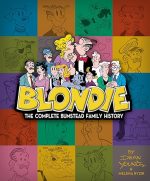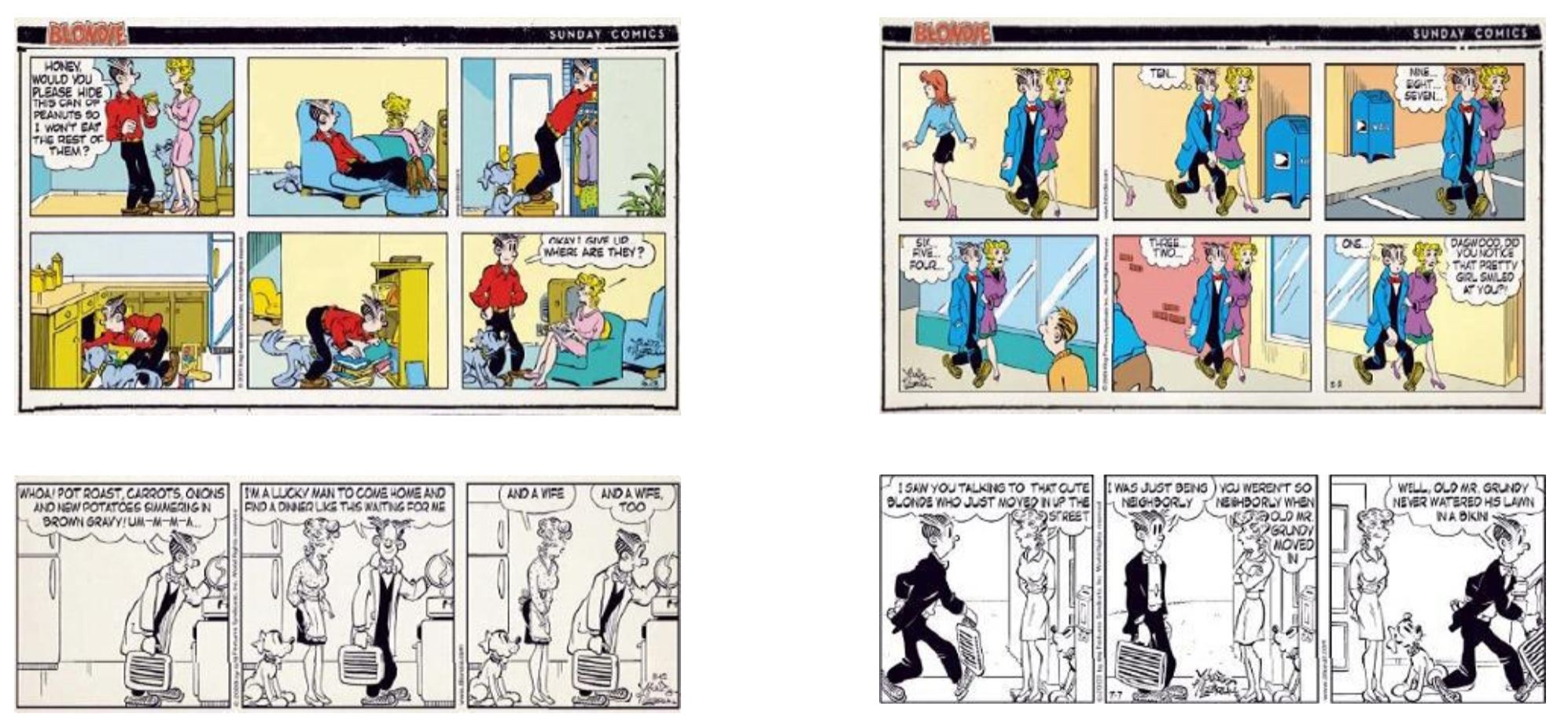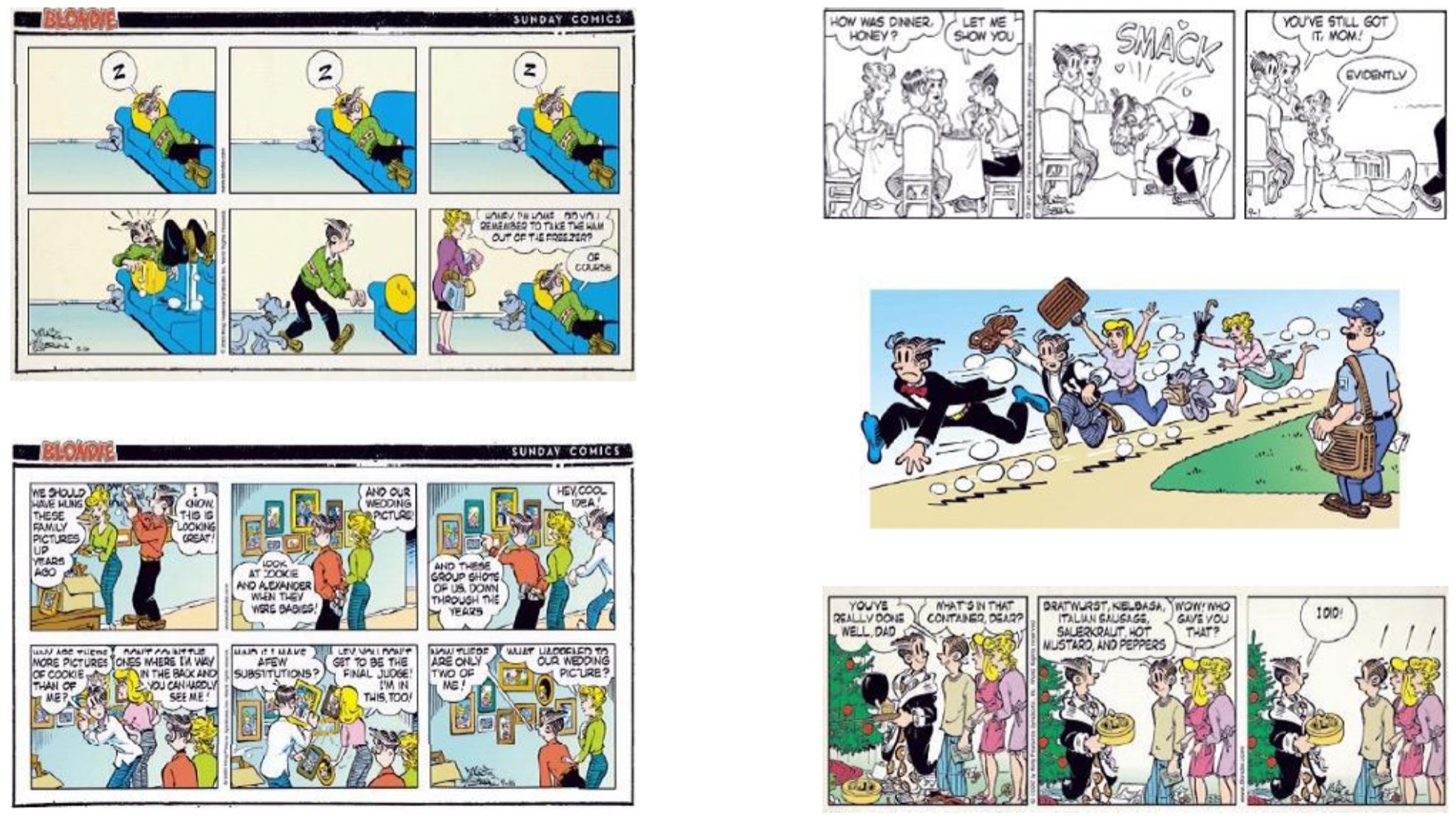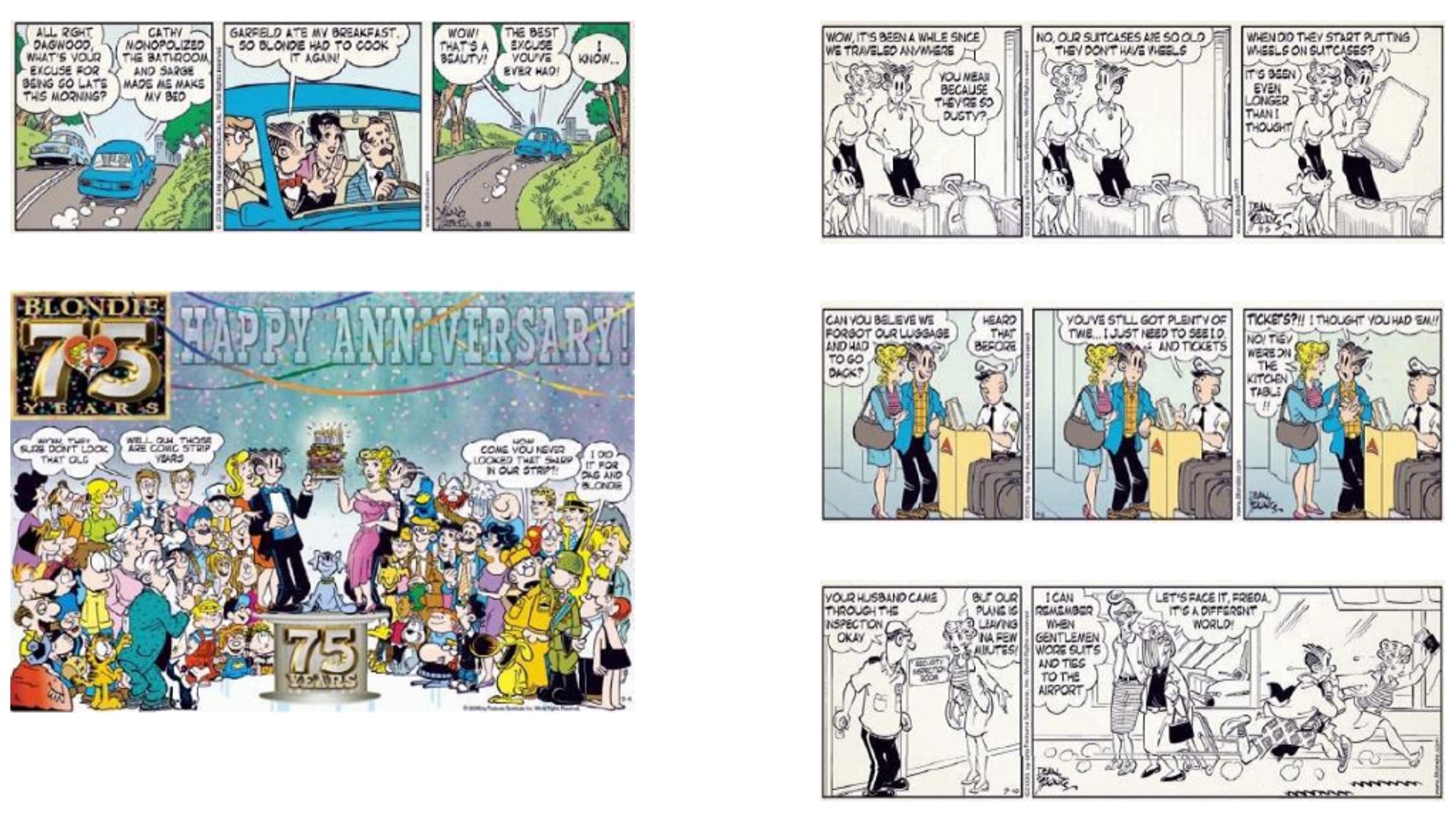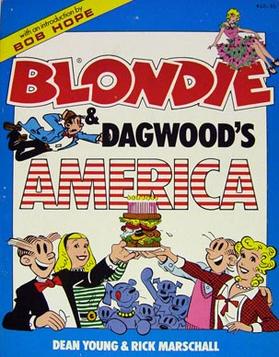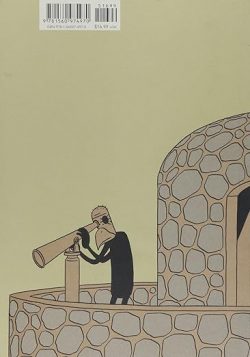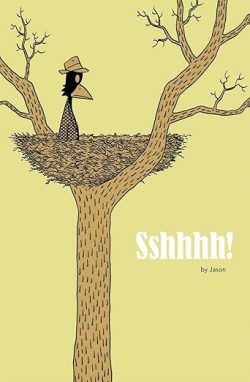
By Lasse Lars Jansson (Drawn & Quarterly)
ISBN: 978-1-77046-202-1 (HB) eISBN: 978-1-77046-557-2
Win’s Christmas Gift Recommendation: the Personification of Good Will at Every Season… 9/10
Tove Jansson was one of the greatest literary innovators and narrative pioneers of the 20th century: equally adept at shaping words and images to create worlds of wonder. She was especially expressive with basic components like pen & ink, manipulating economical lines and patterns into sublime realms of fascination, whilst her dexterity made simple forms into incredibly expressive and potent symbols. So was her brother…
Tove Marika Jansson was born into an artistic, intellectual and rather bohemian Swedish family in Helsinki, Finland on August 9th 1914. Patriarch Viktor was a sculptor and mother Signe Hammarsten-Jansson a successful illustrator, graphic designer and commercial artist. Tove’s brothers Lars AKA “Lasse” and Per Olov became – respectively – an author and cartoonist, and an art photographer. The family and its close intellectual, eccentric circle of friends seems to have been cast rather than born, with a witty play or challenging sitcom as the piece they were all destined to inhabit. After extensive and intensive study (from 1930-1938 at the University College of Arts, Crafts and Design, Stockholm, Graphic School of the Finnish Academy of Fine Arts and L’Ecole d’Adrien Holy and L’Ecole des Beaux-Arts, Paris), she became a successful exhibiting artist through the troubled years of WWII.
Brilliantly creative across many fields, she published her first Moomins fable in 1945. Småtrollen och den stora översvämningen (The Little Trolls and the Great Flood – latterly and more euphoniously The Moomins and the Great Flood) was a whimsical epic of gentle, inclusive, accepting, understanding, bohemian misfit trolls and their strange friends…
The term “Moomin” came from maternal uncle Einar Hammarsten who tried to stop Tove pilfering food when she visited by warning that a Moomintroll guarded the kitchen, creeping up on trespassers and breathing cold air down their necks… you can check out our other reviews such as Christmas Comes to Moominvalley for how the critter made a mega franchise and proto-mythology. Here and now, let’s discuss how Lars got involved…
Exponentially more popular with each successive book, global fame loomed. In 1952 Finn Family Moomintroll/The Happy Moomins was translated into English to great acclaim, prompting British publishing giant Associated Press to commission a daily newspaper strip starring the seductively sweet & sensibly surreal creations. Jansson had no misgivings or prejudices about strip cartoons as she had already adapted Comet in Moominland for Swedish/Finnish paper Ny Tid.
Mumintrollet och jordens undergäng/Moomintrolls and the End of the World was hugely popular and she welcomed the chance to extend her eclectic family’s range. In 1953, The London Evening News began the first of 21 Moomin strip sagas which captivated readers of all ages. Tove Jansson’s involvement in the cartoon ended in 1959, a casualty of its own success and the punishing publication schedule. So great was the strain that she had already recruited brother Lars to help. He quietly took over, continuing the feature until its close in 1975. His tenure as sole creator officially began with the sixth collection in this series and reaches its penultimate volume here…
Liberated from cartooning pressures, Tove returned to painting, writing and other pursuits: generating plays, murals, public art, stage designs, costumes for dramas and ballets, a Moomin opera and 9 more Moomin-related picture-books and novels, as well as 13 books and short-story collections strictly for grown-ups. She died on June 27th 2001, with awards too numerous to mention, and her face on the national currency…
Lars Fredrik Jansson (October 8th 1926 – July 31st 2000) was almost as amazing as his sister. Born into that astounding overachieving clan 12 years after Tove, at 16 he started writing – and selling – his own novels (nine in all). He also taught himself English as there weren’t enough Swedish-language translations of books available for his voracious reading appetite. In 1956 at his sister’s request he began co-scripting the Moomin strip: injecting his own witty whimsicality to ‘Moomin Goes Wild West’. He had been Tove’s English language translator and sense-reader from the start, seamlessly converting her Swedish into text and balloons even the British could grasp. In 1959, when her contract with The London Evening News expired, Lars officially took over, having spent the interim period learning to draw and perfectly mimic his sister’s art style. He had done so in secret, assisted and tutored by their mother Signe Hammarsten-Jansson. From 1961 to strip’s end in 1974, Lars was sole steersman of trollish tabloid tails (I fear that could be much misconstrued these days…).
“Lasse” was a man of many parts. Other careers included aerial photographer, professional gold miner, writer and translator. He was basis and model for ultimate cool kid Snufkin and his Moomins exploits were subtly sharper than his sister’s version: far more closely in tune with the quirky British sense of humour. Nevertheless, his whimsically wry sense of wonder was every bit as compelling. In 1990, long after the original series, Lasse began a new career, working with Dennis Livson (designer of Finland’s acclaimed Moomin World theme park) as producers of anime series The Moomins and, with daughter Sophia Jansson in 1993, on new Moomin strips…
Moomintrolls are easy-going free spirits: polite modern bohemians untroubled by hidebound domestic mores but under Lars, increasingly diverted and distracted by societal pressures. Moominmama is warm, kindly tolerant and capable, if perhaps overly concerned with propriety and appearances, whilst her devoted spouse Moominpappa spends most of his time trying to rekindle his adventurous youth or dreaming of fantastic journeys. Doting, darling son Moomintroll is a meek, dreamy boy with a big imagination and confusing ambitions who adores – and so moons over – permanent houseguest the Snorkmaiden. That impressionable, flighty gamin prefers to play things slowly whilst awaiting somebody potentially better…
A wonderfully whimsy driven affair, this 10th and final monochrome moon melange delivers serial strip sagas #38 to 41, and commences with Lars still totally in charge as panic grips the sheltered valley-dwelling community. This is thanks to something supernally sinister and quite unknown pops by for the mass mess deemed ‘Moomin and the Vampire’…
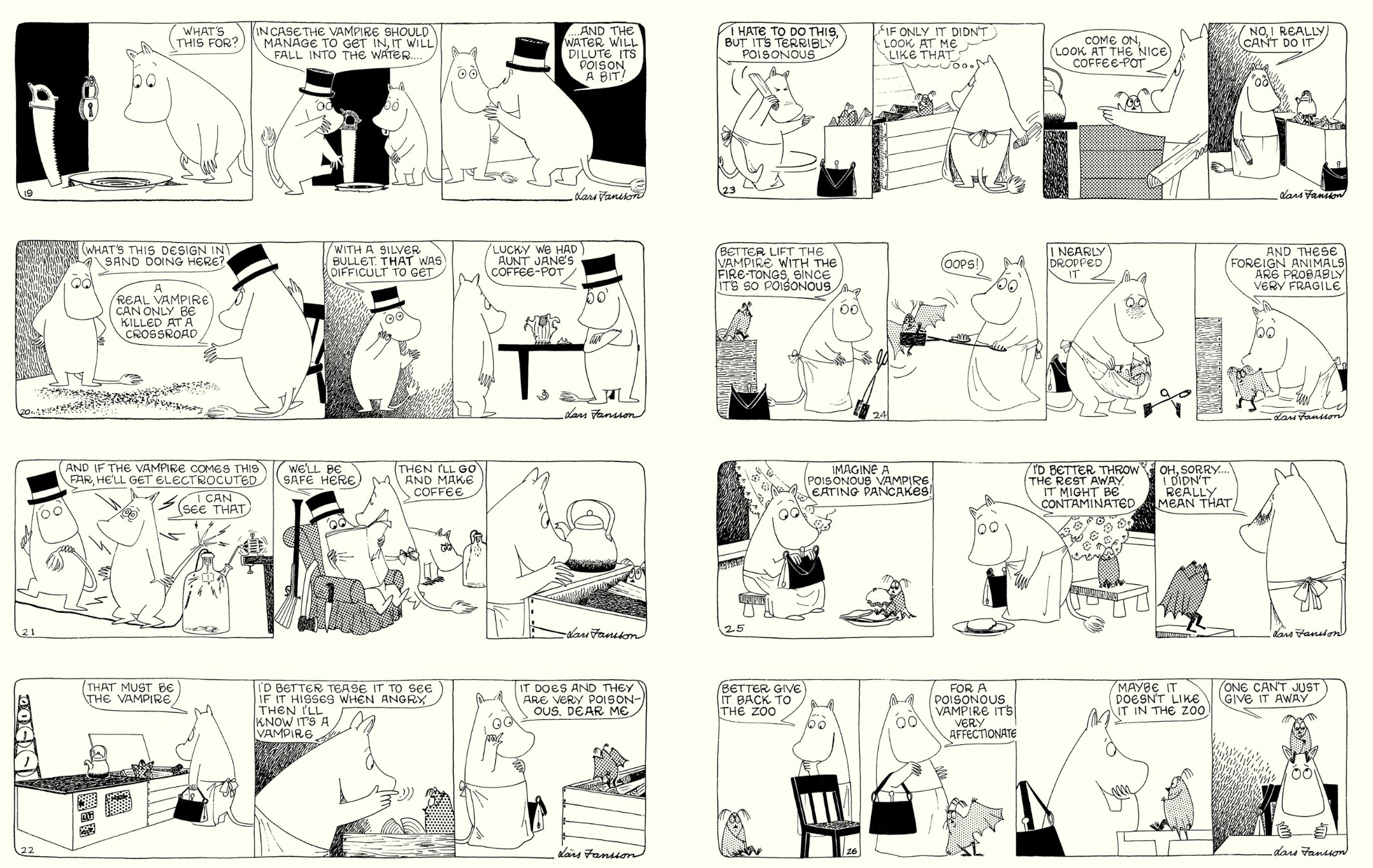
The parable on uncontrolled hysteria sees the dozy denizens driven mad by an assumed monster in their midst and begins following a normal day of big game hunting in the small Scandinavian valley. When rumour of an undead horror haunting the fir forests and charming cottages, the usual miscommunications and madnesses leave everyone in a tizzy, tracking or hiding from the unseen doom. All poor placid Moominmama sees is a tiny fuzzy flying creature in need of a feed and a place to rest, but it probably best not to share the secret of her new guest with all her excitable neighbours…
Up next and a swingeing assault on popular cultures comes ‘Moomin and the TV’, as the reclusive Moomins go shopping for anew sideboard and are pressured into purchasing a top of the line television set…
Despite initial resistance and treating the box as a giant wooded chest, eventually the family succumb to the shows and ads perpetually erupting from it, but that’s as nothing to the chaos caused as the friendly visits from everyone else in Moominvalley – even passing strangers! -threaten to overwhelm even Moominpapa’s legendary hospitality and deplete the mythic capacity of ‘Mama’s larder and pantry…
And my gosh, the rubbish they all watch!

A delicious poke at town planning, social crusaders, local politics and property developers follows as ‘The Underdeveloped Moomins’ finds the big white darlings helping a dedicated but unemployed and under-appreciated Assessor of Under-Developed Areas feel fulfilled. She knows her gifts, specialisms and training can readily bring these primitive, happy valley-folk into the top echelon of progressive go-getting modern citizens, and the Moomins are happy to help, no matter how miserable all these new-fangled ideas, gadgets and schemes make everyone…

The wonderment comes to a close with a whiff of prognostication and prophecy as winter draws on in ‘Moomin and Aunt Jane’. When glamourous but generally useless Romantic poet Wispy moves in next door, he accidentally and then intentionally beguiles flirtatious dreamer Snorkmaiden, just as a little old lady haunts the chilly community. Perpetually predicting frozen doom and deadly privation, she starts to snaffle any potentially useful kit – other people’s blankets, firewood, food, skis, stores. As young Moomin and the maiden again perform their standard jealousy dance, ‘Pappa finally listens to the busy biddy and is convinced the extremely cold end of days is coming. As he begins his own excessive doomsday-prepper precautions, Wispy and Snorkmaiden elope with Moomin in cold pursuit, and the crisis goes into overdrive as prim, officious Moomin Aunt Jane invites herself to stay. Not even faking deadly illness can deter this dowager do-gooding know-it-all and she has no time for silly biddies, puling poets, vacuous romance or any sort of nonsense..
Finishing the fabulous Finnish saga in a cloud of confusion with a domestic dramedy in the best Ealing Comedy traditions of anything with Dame Magaret Rutheford in it, this is the ideal end to a cartoon era…

This compilation again closes with a closer look at the creator in ‘Lars Jansson: Roll Up Your Sleeves and Get to Work’ courtesy of family biographer Juhani Tolvanen, extolling his many worthy attributes…
These are utterly, adorably barbed tales for the young, laced with that devastating observation and razor-sharp wit which enhances and elevates only the greatest kids’ stories into classics of literature. These tomes – both Tove & Lars’ – are an international treasure trove no fan of the medium – or carbon-based lifeform with even a hint of heart and soul – can afford to be without.
© 2015 Solo/Bulls, except “Lars Jansson: Roll Up Your Sleeves and Get to Work” © 2011/2015 Juhani Tolvanen. All rights reserved.
Today in 1921, Heart of Juliet Jones & Blondie artist Stan Drake was born. Why not treat yourself to a rarer delight such as Kelly Green volume 1: The Go-Between? In 1951, Bill Mantlo was born, and in 1964, Brant Parker & Johnny Hart’s Wizard of Id strip debuted. Three years later in France, Jean-Claude Mézières & Pierre Christin’s Valérian and Laureline began utterly revolutionising sci fi. In 1993 star penciller/ editor Ross Andru died. All of the above make multiple appears in Now Read This! so just go wild in that search box…

